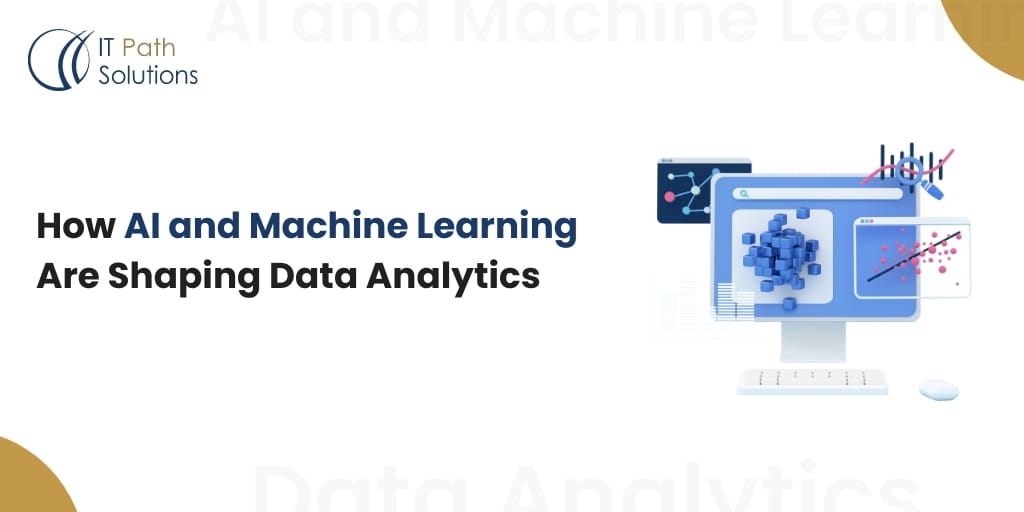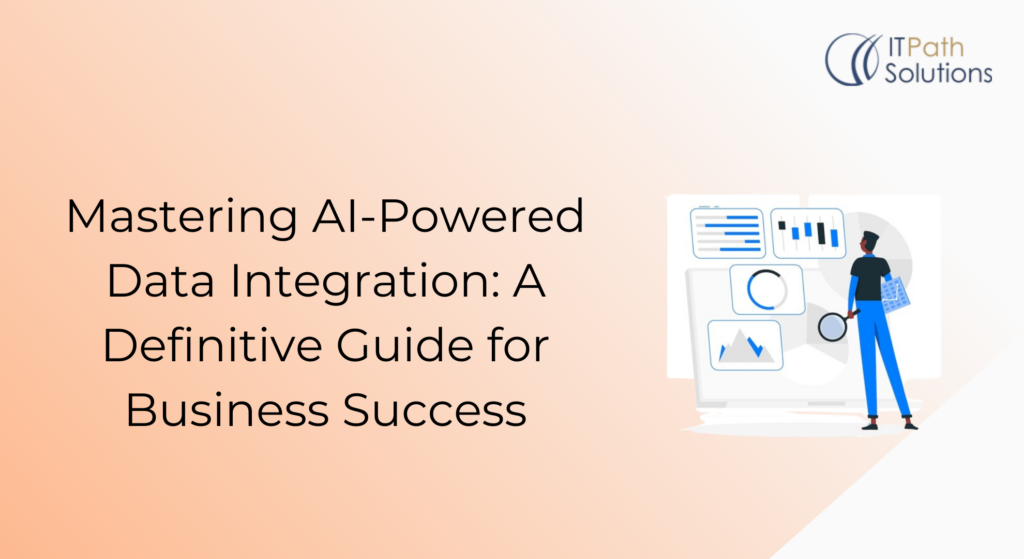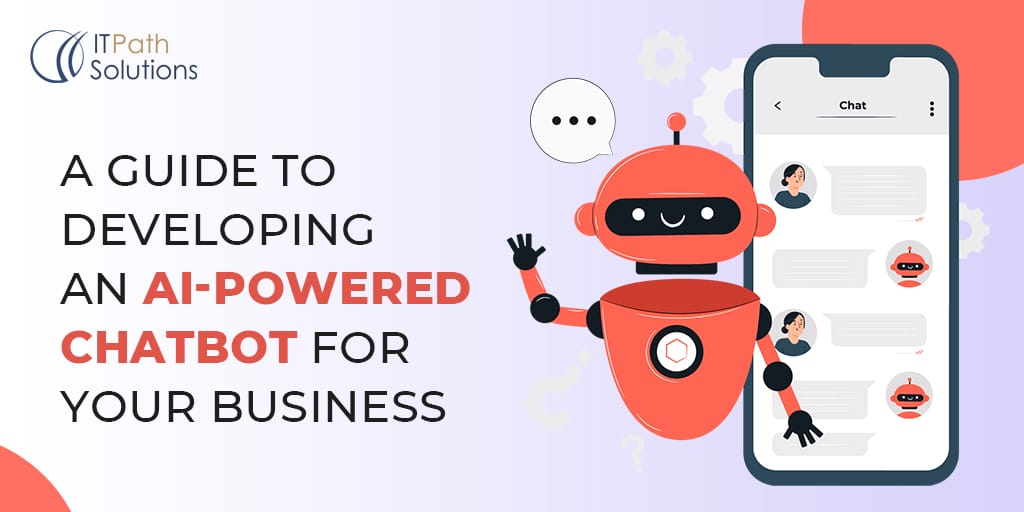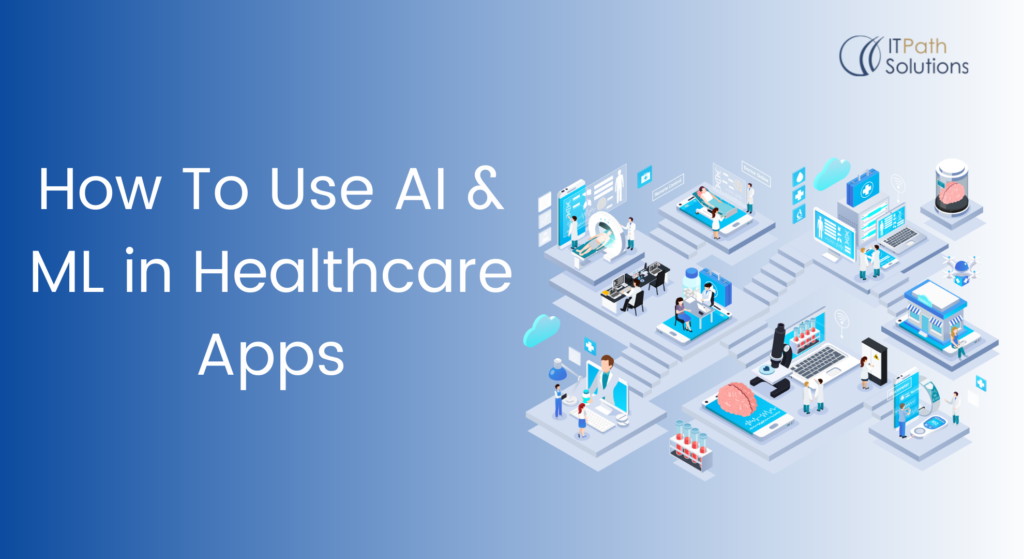An Expert’s Guide On AI Business Integration For 2024
Artificial Intelligence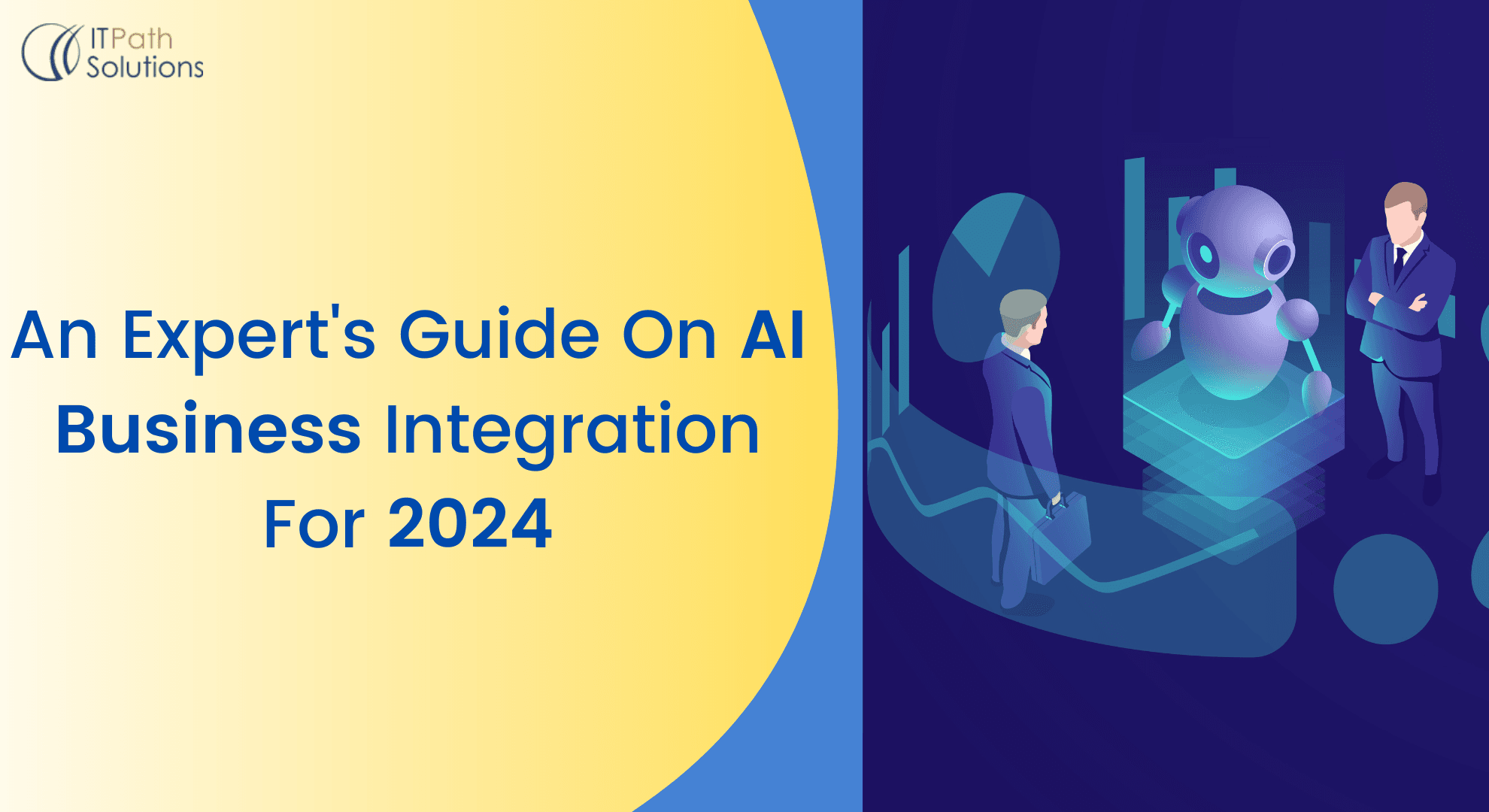
AI Business Integration
In the rapidly evolving landscape of business, staying ahead of the curve is not just an option—it’s a necessity. As we step into 2024, the integration of Artificial Intelligence (AI) has become more pivotal than ever for businesses aiming not just to survive, but to thrive.
AI business integration represents the strategic fusion of Artificial Intelligence (AI) technologies into various facets of business operations, marking a paradigm shift in how organizations leverage data, automate processes, and enhance decision-making. This transformative approach aims to harness the capabilities of AI to drive efficiency, innovation, and competitiveness across industries. The key objectives of AI business integration include unlocking actionable insights from vast datasets, enhancing the decision-making process with predictive analytics, and improving overall operational efficiency. By leveraging AI technologies, businesses can not only streamline their processes but also gain a competitive edge by staying agile in the face of evolving market dynamics.
AI adoption rate in product development businesses worldwide in 2022 and 2025

(As per the Statista Current adoption in 2022 & Expected Adoption in 2025)
Top Strategies for Successful AI Integration
Navigating the complexities of AI integration requires a well-defined strategy. Here are key strategies to ensure a successful integration process:
Start with a Pilot Project
Instead of attempting a full-scale integration from the outset, start with a pilot project. This allows for testing and fine-tuning AI applications in a controlled environment, minimizing risks and optimizing for success.
Collaborate with AI Solution Providers
Leverage the expertise of AI solution providers. Collaborating with established vendors can accelerate the integration process, providing access to pre-built models, frameworks, and best practices.
Prioritize Data Security
As AI relies heavily on data, prioritizing data security is non-negotiable. Implement robust encryption, authentication, and authorization mechanisms to safeguard sensitive information. Compliance with data protection regulations is also crucial.
Continuous Monitoring and Optimization
AI integration is not a one-time endeavor; it requires continuous monitoring and optimization. Implement mechanisms for real-time feedback, monitor performance metrics, and iterate on your AI models to ensure they stay relevant and effective.
Top Reasons For AI and ML Business Integration
-
Data-Driven Decision-Making
ML and AI empower businesses to harness the immense volume of data at their disposal. By leveraging advanced analytics and predictive modeling, these technologies enable data-driven decision-making. From customer preferences to market trends, the insights derived from ML and AI algorithms equip businesses with a competitive edge, allowing them to make informed, strategic decisions.
-
Real-time Insights
Business applications infused with ML and AI capabilities provide real-time insights, ensuring that decisions are not only data-driven but also timely. Whether optimizing supply chain operations or personalizing user experiences, the ability to act on current and relevant information is a key advantage in today’s fast-paced business environment.
-
Personalization at Scale
ML and AI algorithms excel at understanding individual preferences and behaviors. By integrating these technologies into business applications, companies can deliver personalized experiences at scale. From tailored product recommendations to dynamic content delivery, enhancing the customer experience becomes not just a goal but a measurable and achievable outcome.
-
Efficient Customer Support:
AI-powered chatbots and virtual assistants embedded in business applications revolutionize customer support. Automated responses, quick issue resolution, and 24/7 availability contribute to a seamless customer experience. Integrating ML and AI into customer-facing applications enhances satisfaction, loyalty, and overall brand perception.
-
Optimized Processes
ML and AI algorithms excel at analyzing patterns and optimizing processes. By integrating these technologies into business applications, organizations can streamline operations, reduce inefficiencies, and enhance overall productivity. From supply chain management to inventory forecasting, ML and AI contribute to the efficient functioning of business processes.
-
Workflow Automation
Automation is a cornerstone of modern business, and ML and AI play a pivotal role in this paradigm shift. Integrating these technologies allows for the automation of repetitive and time-consuming tasks, freeing up human resources to focus on more strategic and creative aspects of their roles. This not only increases efficiency but also contributes to employee satisfaction.
-
Fraud Detection and Security
In an era of digital transactions and online interactions, ensuring the security of business applications is paramount. ML and AI excel at detecting anomalies and patterns indicative of fraudulent activities. By integrating these technologies, businesses can fortify their applications with advanced security measures, protecting sensitive data and building trust with users. ML and AI-driven risk management in business applications go beyond reactive measures. These technologies enable proactive identification and mitigation of potential risks, ensuring that security protocols evolve dynamically to counter emerging threats.
-
Object and Facial Recognition
With implementation of these technologies, your business can provide robust security through facial recognition feature. Facial Recognize is the most loved and latest feature for any business application and mobile apps. Facial recognition can help improve the security of your application while additionally making it faster to log in. It also helps in securing the data from unknown sources.
-
Scalability and Future-Readiness
The business landscape is ever-evolving, and organizations need to be adaptable to stay ahead. ML and AI integration ensures future-readiness by providing scalable solutions that can evolve with changing market dynamics. Whether it’s accommodating a growing user base or adapting to new industry trends, these technologies empower businesses to navigate change seamlessly.
How Much Does it Cost To AI Business Integration?
Complexity
The complexity of the AI integration project is a primary determinant of cost. Simple applications, such as basic rule-based systems or chatbots, generally incur lower costs. However, as the complexity increases, especially with custom machine learning models or intricate AI solutions, development, testing, and implementation become more intricate, contributing to higher costs.
Functionalities
The scope and range of functionalities desired in the AI system significantly impact costs. Basic functionalities, such as basic automation or pattern recognition, may be more cost-effective. On the other hand, advanced features, including natural language processing, computer vision, or predictive analytics, require sophisticated algorithms and may incur higher development costs.
Data Availability
The quality, quantity, and accessibility of data have a direct correlation with the cost of AI integration. If the business possesses clean, well-organized data, the integration process may be smoother and less expensive. However, if extensive data cleaning, preparation, or acquisition is necessary, additional costs in terms of time and resources may be incurred.
Development Time
The time required for development is a critical factor influencing costs. Custom-built AI solutions or intricate applications may demand longer development cycles, resulting in higher costs. Accelerated timelines may be achievable with pre-built solutions or simpler implementations, potentially reducing overall expenses.
Platform and Technologies
The choice of platforms and technologies utilized for AI integration contributes significantly to costs. Open-source solutions may offer cost savings, while proprietary technologies or specialized platforms may come with licensing fees. Additionally, integrating AI with existing systems and technologies can impact costs, depending on compatibility and the need for upgrades.
Development Team
The composition and expertise of the dedicated development team directly influence costs. Hiring skilled professionals in AI, machine learning, and data science can be a substantial investment. Alternatively, outsourcing to specialized AI development firms may provide the necessary expertise without the long-term commitment and costs associated with maintaining an in-house team.
Best Platforms to Develop AI Implementation Solutions
1. TensorFlow:
- Key Features:
- Open-source machine learning library developed by Google.
- Widely used for building and training deep learning models.
- Provides comprehensive support for neural networks and deployment on various platforms.
- TensorFlow Extended (TFX) facilitates end-to-end ML workflows.
- Benefits:
- Large and active community support.
- Compatibility with multiple languages, including Python and C++.
- TensorFlow Serving for scalable model deployment.
2. PyTorch:
- Key Features:
- Developed by Facebook’s AI Research lab.
- Popular for its dynamic computation graph, making it more intuitive.
- Extensively used in research and academia.
- PyTorch Lightning simplifies the training process.
- Benefits:
- Easier debugging and dynamic computation capabilities.
- Seamless transition between research and production.
- Growing community and adoption in various domains.
3. Scikit-Learn:
- Key Features:
- Simple and efficient tools for data analysis and machine learning.
- Built on NumPy, SciPy, and Matplotlib.
- Offers a wide range of algorithms for classification, regression, clustering, and more.
- Designed for ease of use and integration with other libraries.
- Benefits:
- Ideal for beginners and small to medium-sized projects.
- Well-documented with a straightforward API.
- Interoperability with other popular data science libraries.
4. Microsoft Azure AI:
- Key Features:
- Cloud-based AI services provided by Microsoft.
- Offers a range of pre-built AI models and services.
- Azure Machine Learning for end-to-end machine learning workflows.
- Integration with popular frameworks like TensorFlow and PyTorch.
- Benefits:
- Scalable cloud-based infrastructure.
- Diverse set of AI services, including computer vision, language processing, and more.
- Integration with other Microsoft Azure services.
5. IBM Watson:
- Key Features:
- AI platform by IBM, offering various services.
- Watson Studio for collaborative data science projects.
- Pre-trained models for natural language understanding, image recognition, etc.
- Supports multiple languages and frameworks.
- Benefits:
- Comprehensive suite for AI development and deployment.
- Integration with IBM Cloud services.
- Industry-specific solutions available.
6. Google Cloud AI Platform:
- Key Features:
- Part of Google Cloud Platform, offering end-to-end AI solutions.
- Managed services for building, training, and deploying machine learning models.
- AI Platform Notebooks for collaborative and flexible development.
- Integration with TensorFlow and Scikit-Learn.
- Benefits:
- Scalable infrastructure with Google Cloud’s computing power.
- AutoML capabilities for automated model development.
- Seamless integration with other Google Cloud services.
7. AWS AI Services:
- Key Features:
- Amazon Web Services (AWS) provides a suite of AI services.
- SageMaker for building, training, and deploying ML models.
- Pre-trained models for vision, speech, and language.
- Integration with popular frameworks like TensorFlow and PyTorch.
- Benefits:
- Extensive set of AI services for various use cases.
- Scalable cloud infrastructure.
- Integration with other AWS services for a complete solution.
Why Choose IT Path Solutions For AI Business Integration
By understanding the transformative potential of AI business integration and knowing the reasons and top strategies for AI Business Integration, it’s time to take next level. As businesses navigate the dynamic landscape of the digital era, the integration of Artificial Intelligence (AI) emerges as a transformative force, reshaping industries, and redefining the parameters of efficiency and innovation. The profound impact of AI integration is evident across various facets of business operations. From data-driven decision-making and enhanced customer experiences to operational efficiency and proactive risk management, the benefits are multifaceted. AI serves not only as a catalyst for optimization but as a harbinger of new possibilities, propelling organizations into the future.
Choosing IT Path Solutions for AI business integration means partnering with a team that combines proven expertise, a client-centric approach, and a commitment to innovation. They offer tailored AI integration solutions that align with your specific objectives, ensuring that the implemented AI systems are not only advanced but also seamlessly integrated into your existing workflows. This strategic alliance ensures that your business harnesses the full potential of AI, driving efficiency, innovation, and success in the dynamic landscape of technology integration. Get in touch with our experts today!
 Healthcare
Healthcare  Education
Education  Real Estate
Real Estate  Logistic
Logistic  Fitness
Fitness  Tourism
Tourism  Travel
Travel  Banking
Banking  Media
Media  E-commerce
E-commerce  Themes
Themes
 Plugins
Plugins
 Patterns
Patterns

